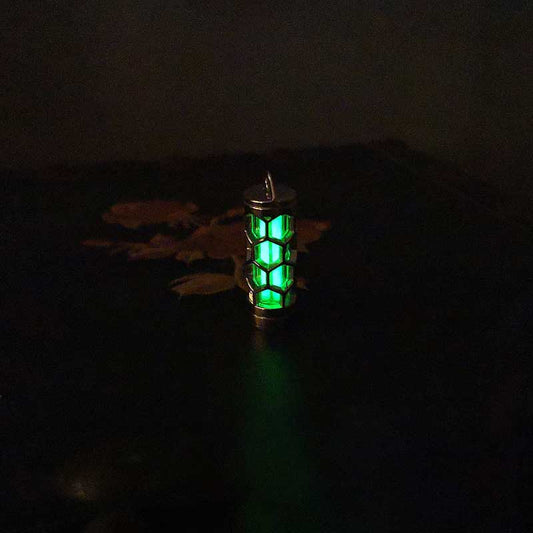Whats Your Ring Finger
Whats Your Ring Finger
Standing in a quaint little jewelry shop on a sunlit Saturday, you might find yourself pondering the significance of the ring finger. Amidst shimmering displays of gold and silver, this question perhaps unintentionally flits through your mind. Growing up, I always associated the ring finger with weddings, imagining intricate ceremonies and vows exchanged. But, like every innocuous thing with meaning, the ring finger offers more than meets the eye.
In Western cultures, the fourth finger of the left hand is traditionally designated as the ring finger. This stems from a belief that this finger holds the "vena amoris" or "vein of love," which supposedly runs directly to the heart—a notion that, although debunked by modern anatomy, continues to capture imaginations. It’s fascinating how ancient Romans influenced the symbolism behind this finger, ultimately shaping a cultural norm that persists today.
Some might argue the choice of the ring finger isn’t just about love; it’s also about practicality. Wearing a ring on this finger reduces the likelihood of it being damaged or getting caught during daily activities. It's as if our ancestors inadvertently mastered the art of usability centuries ago. I once met a retired sailor who shared tales of seafaring and how wearing his wedding band on the ring finger was less likely to cause issues while handling ropes and knots—who knew practicality and romance could sail the same ship?
While the classic choice is the left hand’s ring finger, some Western traditions opt for the right hand, particularly in parts of Europe. These subtle variations paint a mosaic of cultural diversity, highlighting how something as personal as jewelry can reflect broader societal norms and beliefs. It's akin to the way we might choose between tea or coffee in the morning—simple preferences steeped in cultural history.
I reminisce about my grandmother, who would tell stories of her mother’s simple gold band, donned on her right hand in the quaint English countryside. It was a family heirloom, passed down through generations, and each owner seemed to wear it with a unique blend of pride and sentiment.
In practice, the significance of your ring finger is entirely personal. It’s not just about promises or fashion statements; it’s about what feels right for you. Maybe it’s the finger your grandmother used to wear her opal ring, or perhaps it’s the one you choose to keep free because it feels more comfortable that way. Jewelry, like much of life, should align with your narrative.
Finally, as you stand in that jewelry shop, debating over a band or a stone, remember that the choice of finger is but one chapter of your story. And as with any good story, the depth lies in the details that only you can tell.































